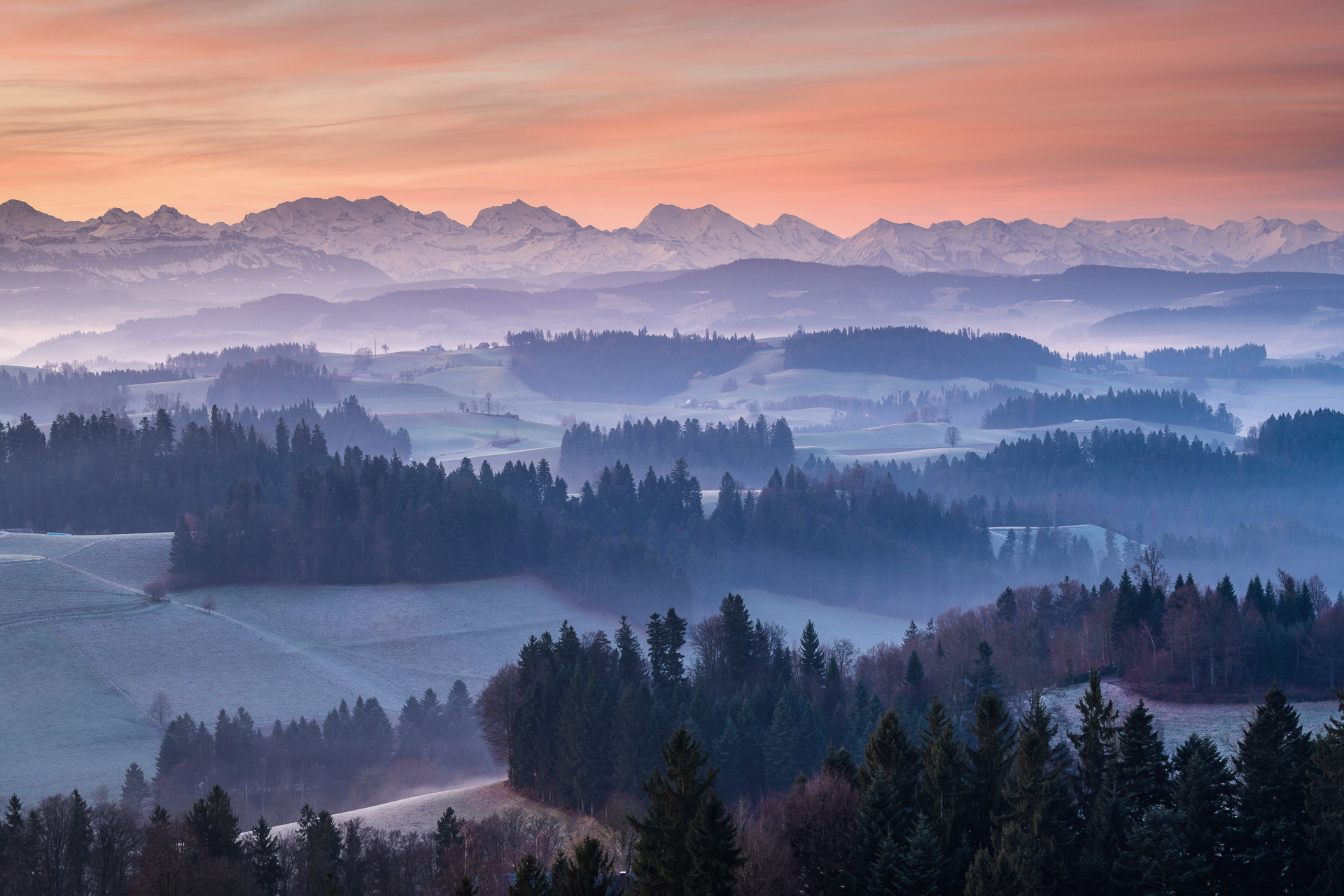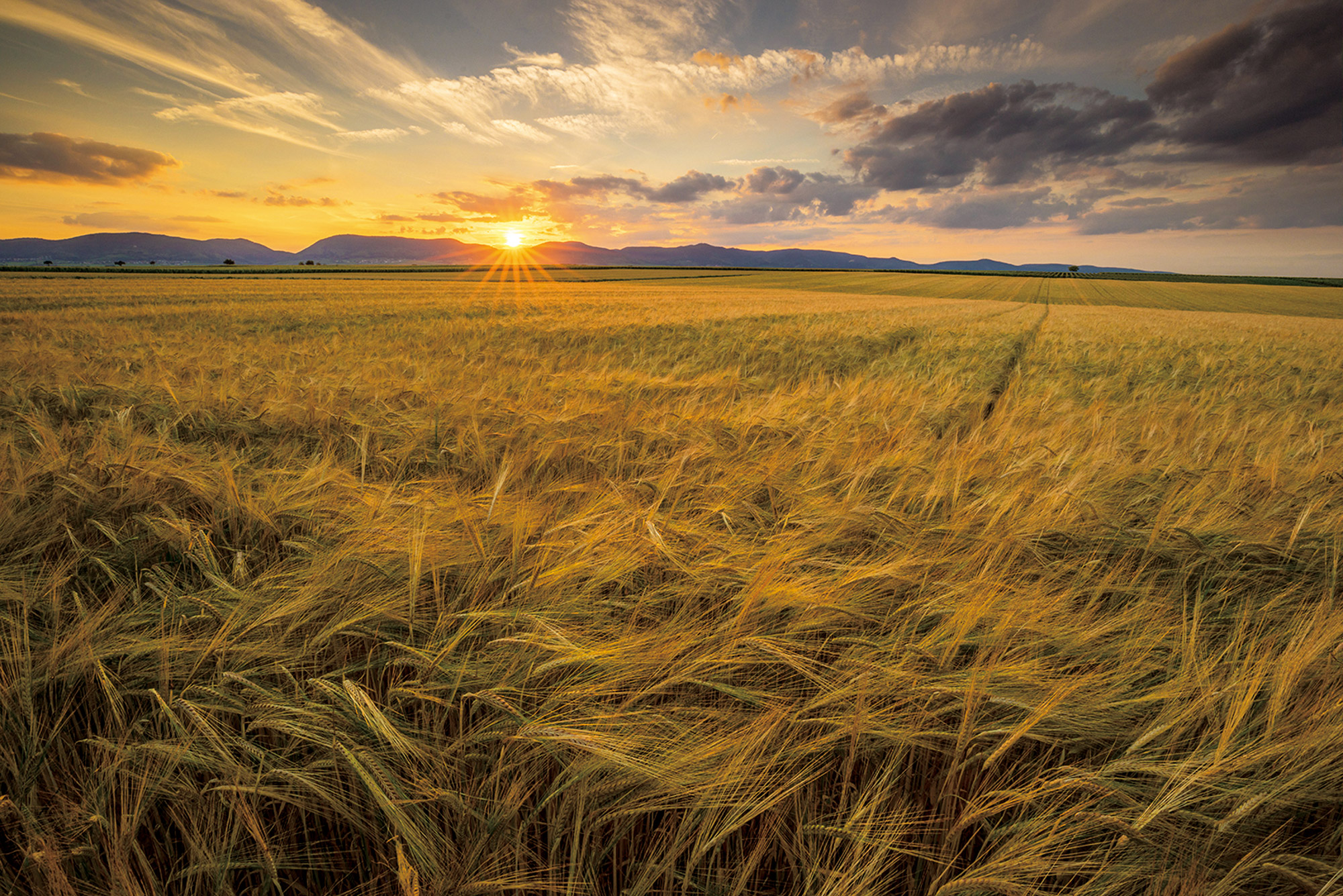When it comes to ND filters there are two main types – neutral density and graduated neutral density. These types of filters are different even though they both have “neutral density” in their name. Both are designed to impact the overall exposure and amount of light being allowed to hit the camera sensor. Both types of filters are available in multiple sizes such as 75mm, 100mm, 150mm, 180mm and also in circular filters within the NiSi product range. Neutral density filters are also available in the NiSi product range for DJI drones.
NiSi neutral density filters and graduated neutral density filters are both made from the best quality optical glass allowing maximum light transmission for the sharpest images and colour reproduction. The term “neutral” refers to the way colour is reproduced. Colour needs to be reproduced as accurately as possible for the optimal image quality, and any shifts in hue or overall white balance through the use of sub standard ND filters can lead to a loss contrast, saturation and vibrancy.
Let’s take a look at the main differences in neutral density filters vs graduated neutral density filters and the best time to use each of them
What are Neutral Density Filters?
A neutral density filter is a piece of optical glass, either square or circular that fits onto the front of a camera lens and reduces the intensity of light entering the camera by a set variation measured in “stops” of light. Some more common densities of ND filters are 3 stop, 6 stop, 10 stop, 15 stop and even all the way up to 20 stop for more extreme long exposures. A neutral density filter should not modify or change the hues or colours of light across the exposures, and should provide a uniform and consistent variation of light intensity across the entire filter.
Neutral density filters are used to control shutter speeds to allow for longer exposure times than if you were shooting without them, and to potentially allow for a shallower depth of field for more creative control over images. Creating effects such as motion blur on water for seascapes and waterfalls and introducing motion in clouds are common uses for neutral density filters. By reducing the amount of light entering the camera, neutral density filters allow you to shoot much longer exposure times than without them and be creative with the shutter speeds to introduce an increased sense of time passing in images produced with them.
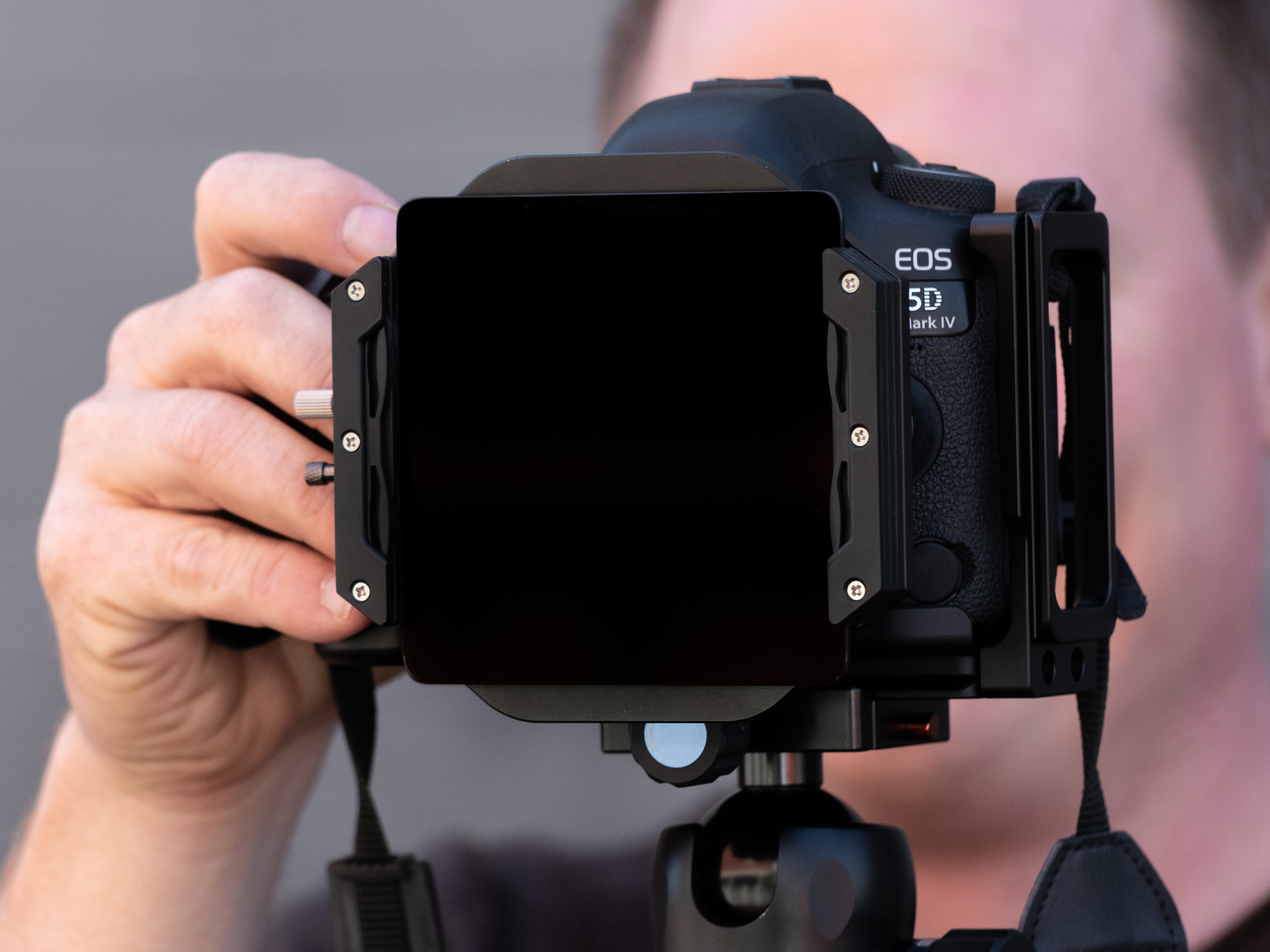
When to use Neutral Density Filters
Neutral density filters are typically used to slow down the shutter speed and allow for longer exposures, but can also be useful when you need to use a shallower depth of field (wider aperture) in bright lighting situations, or to control shutter speeds when shooting video. By slowing down the shutter speed things like blurring of water motion and capturing streaky clouds can be achieved. Selection of the correct ND filter will be dependant on the amount of light available in your scene, and the exposure time you would like to aim for.
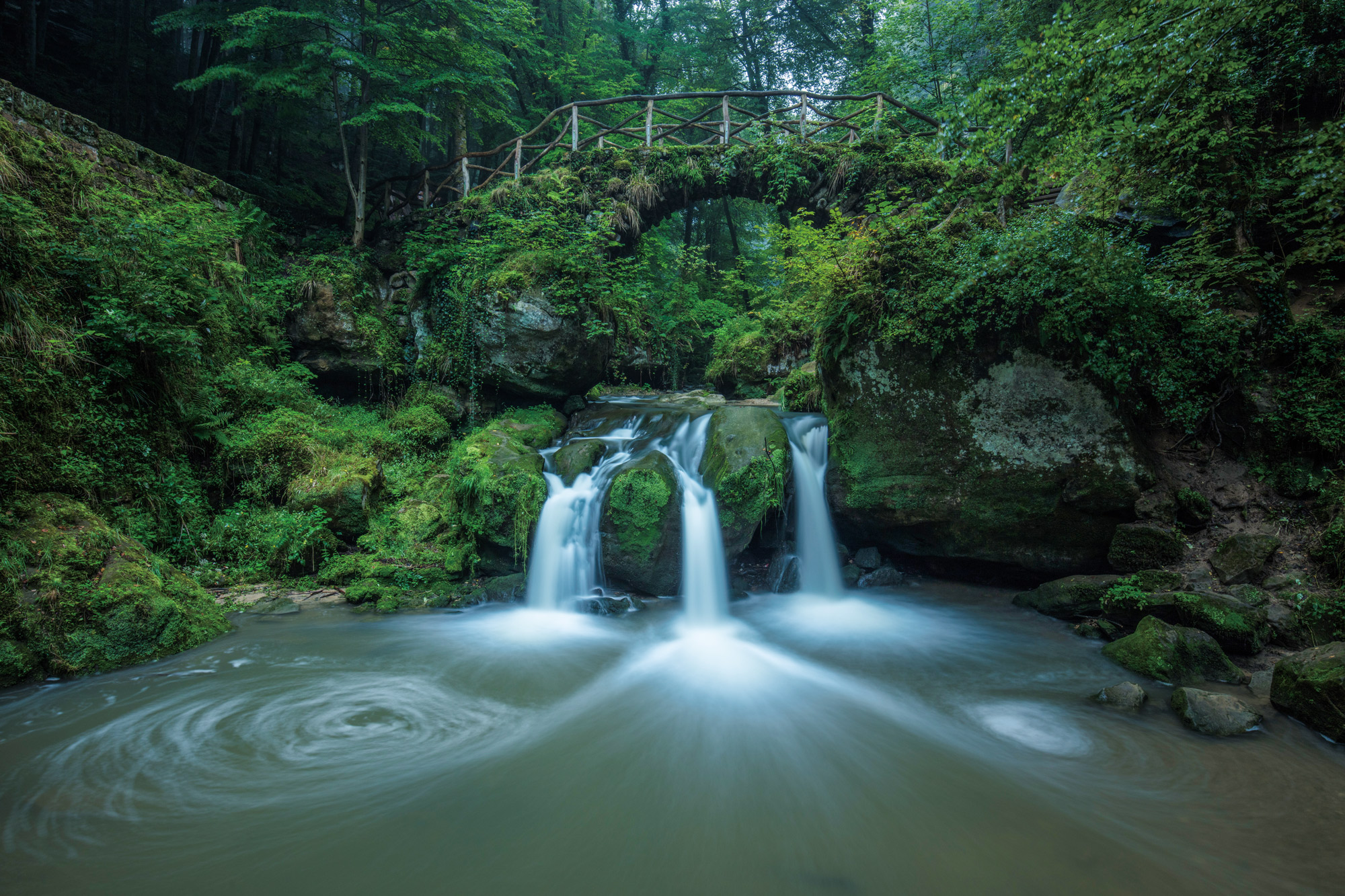
In situations like sunrise or sunset when there is reduced light available in the scene, less dense ND filters such as a 3 stop or 6 stop ND could be effective in achieving shutter speeds in the range of 30 seconds to 3 or 4 minutes. In the middle of the day when there is a lot more light available, 10 stop, 15 stop and even 20 stop ND filters will allow for exposure times in the range of 30 seconds all the way out to a couple of hours if that is what you are wanting to achieve.
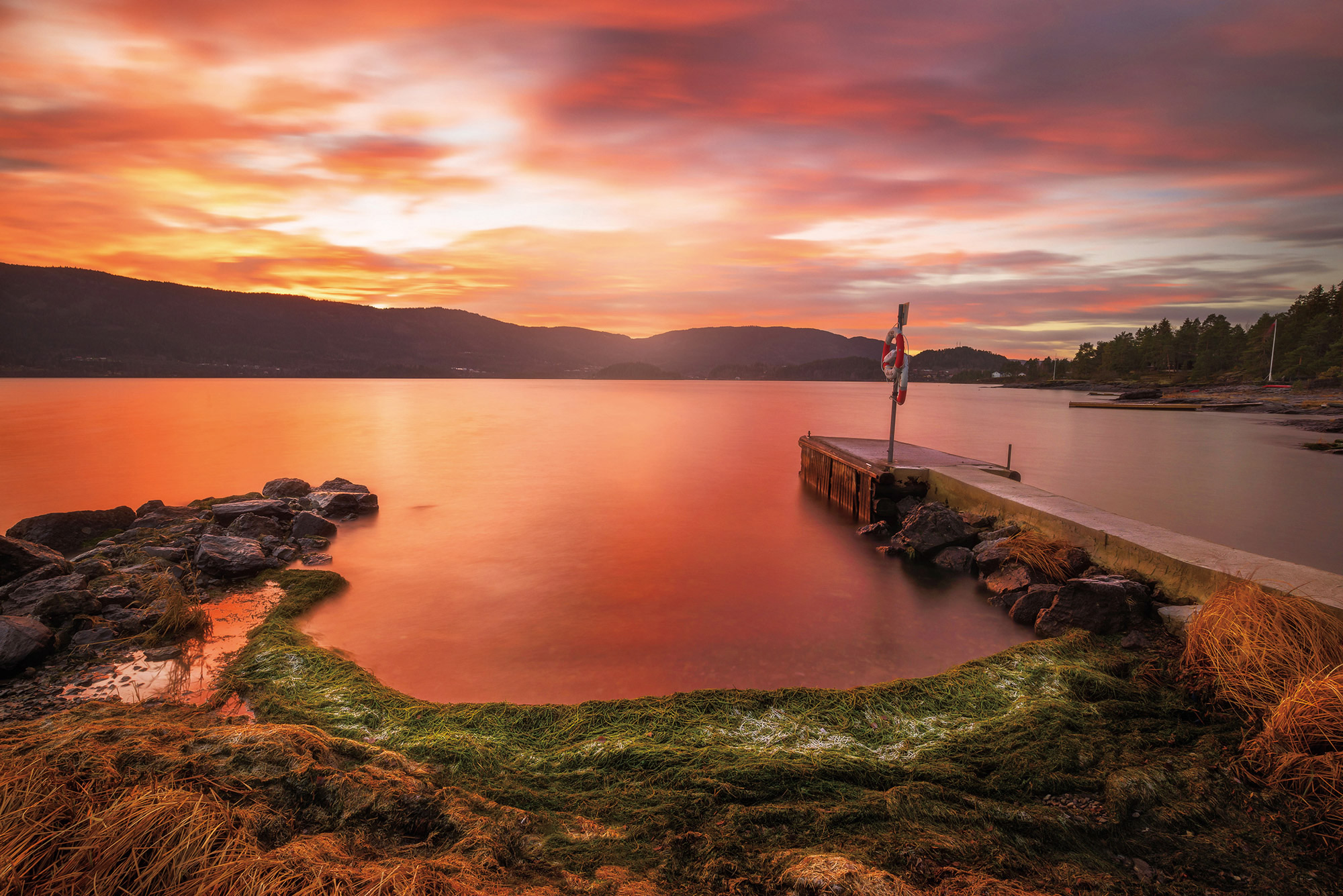
Knowing what sort of shutter speeds you are aiming for can help greatly in the selection of the correct neutral density filter. Check out our Calculating exposure times using the NiSi Filters app for more information and guidance on selecting the best neutral density filters for the types of images you wish to create.
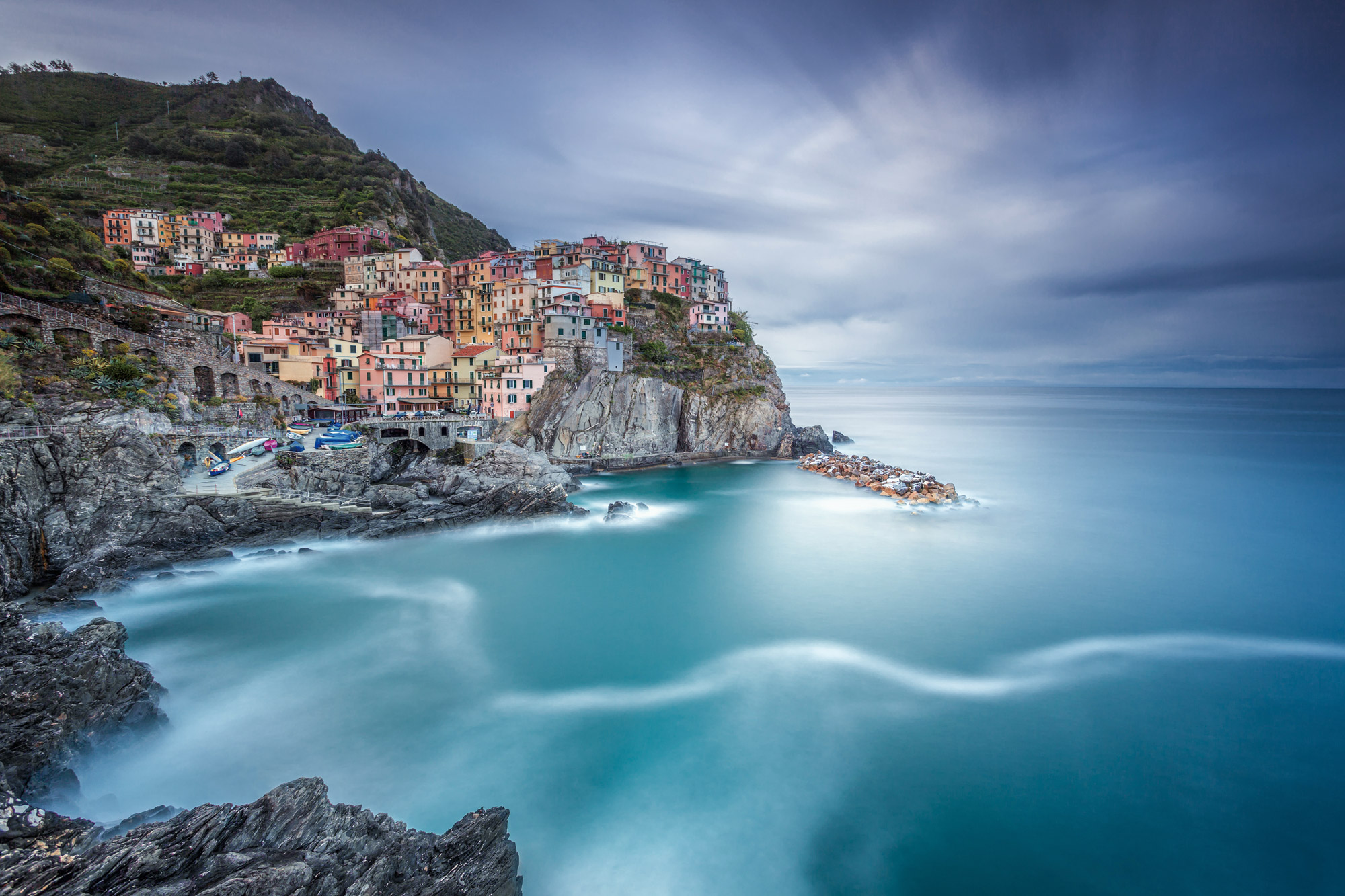
What are Graduated Neutral Density Filters?
Graduated neutral density filters are typically rectangular pieces of optical glass, although they are also available as circular filters within the NiSi product range. Rather than being completely uniform in their density, graduated neutral density filters have a gradient transition either going from darker at the top to lighter in the middle for filters such as soft grads, medium grads and hard grads. Reverse graduated neutral density filters have the darkest part of the transition in the middle of the filter and gets lighter as it reaches the top. Selecting the best filter to use is done by calculating the difference in the light between the different parts of the scene via metering in your camera.
Graduated neutral density filters are designed to balance the overall exposure of a scene by controlling the amount of light in areas such as the sky which typically tend to be brighter than the foreground. By using the correct graduated ND filter for the lighting conditions you are shooting in you can limit the need to shoot multiple bracketed exposures for blending in post processing by capturing the full detail of the scene in a single exposure, therefore reducing the time it takes to process images.
When using graduated ND filters there should be limited changes to the shutter speeds being used as they are designed to darken specific areas of the image to control the amount of light in those parts of the scene. Graduated ND filters are designed to be adjusted within square filter systems and positioned where the brightest light is. They are also stackable and can be used in combination with polarizers and other neutral density filters with no loss of image quality when combined with any filters in the NiSi range.
For full details on selecting the best graduated ND filter to use check out our Tips for selecting and using NiSi graduated neutral density filters article.
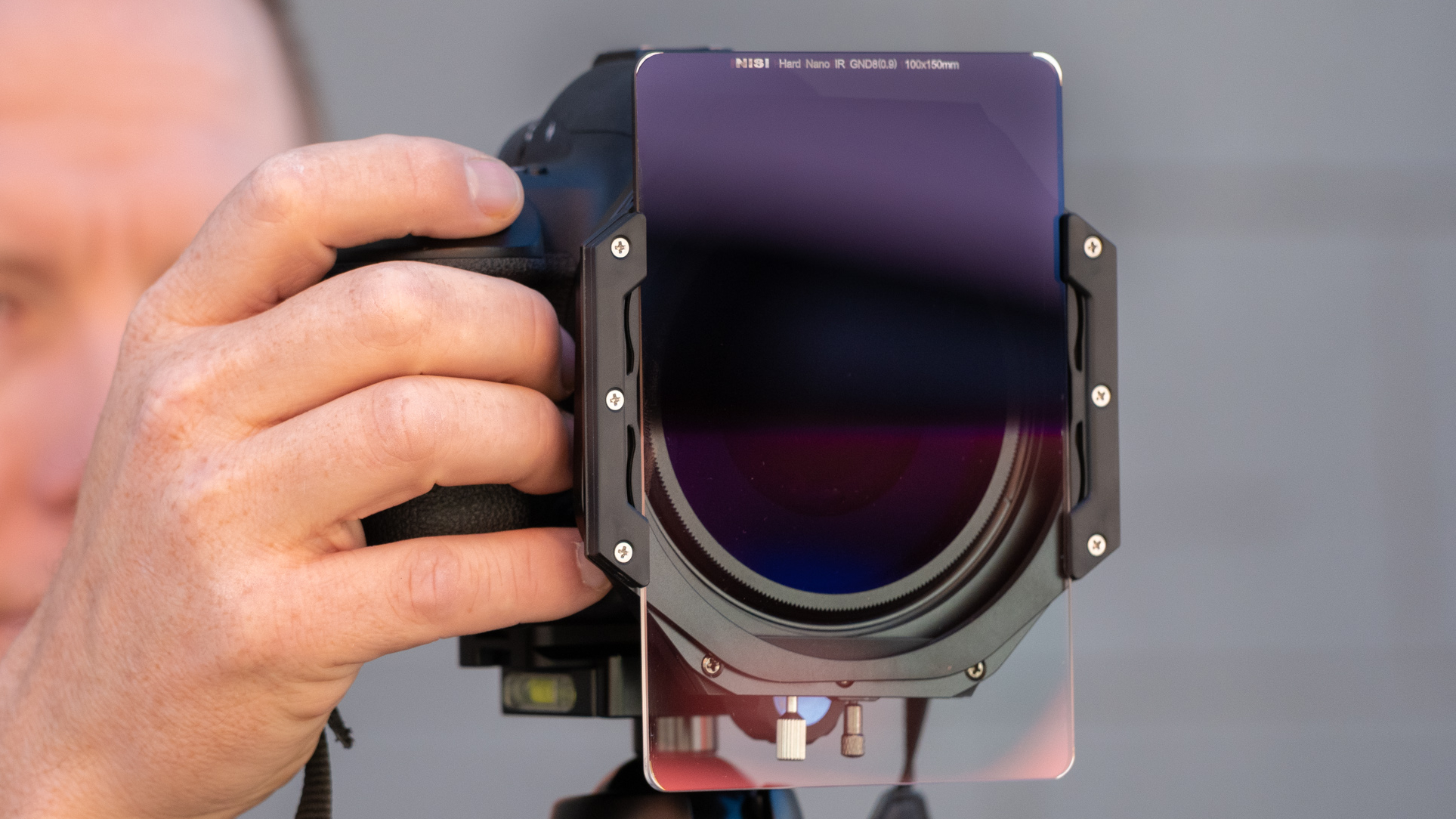
When to use Graduated Neutral Density Filters
Graduated ND filters are used when there is a noticeable difference in the overall exposure and light available in certain parts of a scene such as the sky, or possibly even the foreground in situations where there are a lot of reflections across water, or elements such as light trails when shooting at night that you may need to balance and control with the rest of the image. Sunrises and sunsets are commonly used situations for graduated ND filters, but they can also be used effectively during the middle of the day to darken the sky, add contrast and improved colour in areas with increased highlights, and balance the light with the foreground and rest of the scene.
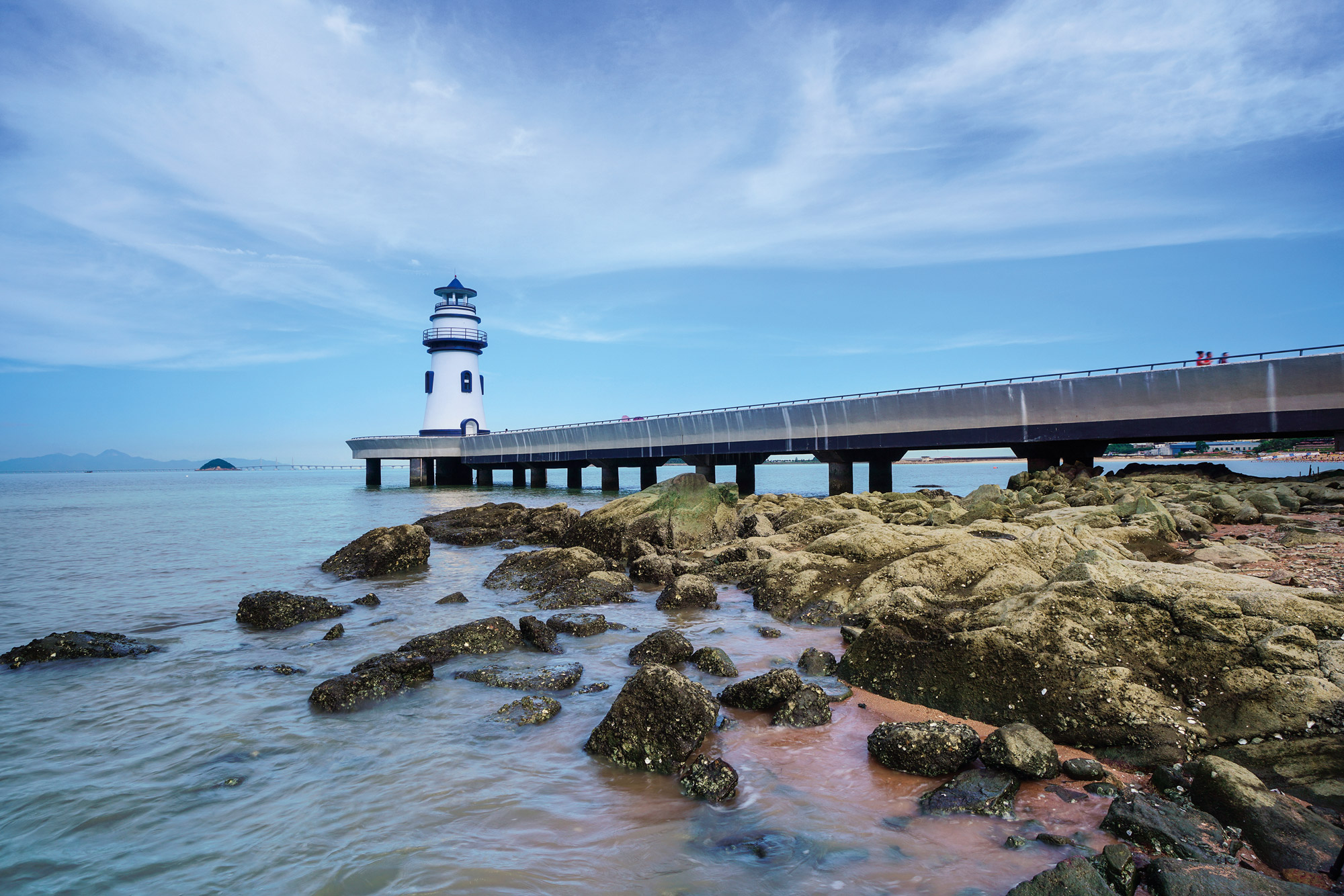
While it is possible to achieve the same result as using graduated neutral density filters by shooting bracketed exposures and then blending them in post processing, the time saved by using a GND means more time to focus on shooting rather than the time consuming process of editing images! Modern cameras are capable of capturing all of the details in most scenes in a single exposure by using the correct shooting process to achieve a correctly exposed image. Graduated neutral density filters help to ensure an evenly balanced exposure and control of bright highlights without the need for complicated post processing techniques.
